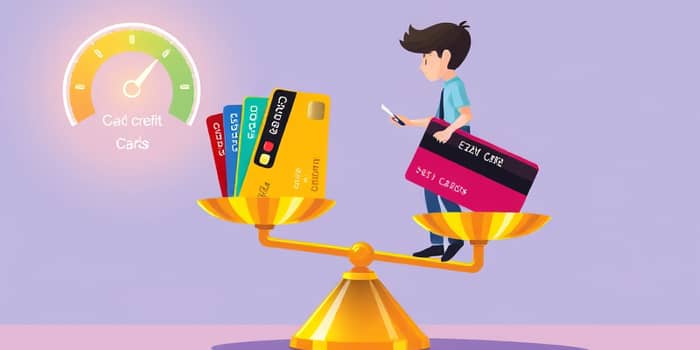
In today’s fast-paced financial world, understanding and controlling your credit utilization is a powerful step toward lasting stability and opportunity. By managing how much of your available credit you use, you’re not just watching numbers—you’re preserving your financial freedom.
Credit utilization is the ratio that tells lenders how much credit you’re using compared to what’s available. Specifically, it measures the percentage of your available credit on revolving accounts like credit cards and lines of credit.
Also known as the credit utilization ratio or credit utilization rate, it’s a snapshot of your current debt burden at any given time.
Under the FICO scoring model, credit utilization represents roughly 30% of your credit score, making it the second-most important factor after payment history. VantageScore and other scoring systems also weigh utilization heavily, typically assigning between 20% and 30% of your overall score to this metric.
High utilization signals potential overextension to lenders, raising your perceived risk and potentially lowering your score. Conversely, low utilization demonstrates discipline and can open doors to better interest rates and credit offers.
The formula is straightforward:
Credit Utilization Ratio = (Total Credit Card Balances / Total Credit Card Limits) × 100%
This calculation applies both to your overall utilization across all cards and to each individual account. Both the aggregate ratio and per-account utilization can influence your credit profile.
When bureaus gather data, they take a snapshot view of your balances at the statement date. That number is what gets reported and factored into your score.
Financial experts recommend maintaining utilization below 30% for a healthy credit profile, with an optimal goal of under 10% for optimal score.
Imagine you have a combined credit limit of $3,000 across several cards. To stay under the 30% threshold, you’d aim to keep your total balances below $900. Paying that down as soon as possible prevents unnecessary score drops.
With most scores updated monthly, paying down high balances can yield a positive change in as little as 30 days. However, newer scoring models also analyze trended data over 24 months, evaluating consistent patterns rather than isolated snapshots.
Consistently high utilization—even if you pay off balances occasionally—can still influence these trend-based systems, underscoring the value of steady, disciplined credit use.
By adopting these practices and staying vigilant, you’ll monitor your balances and limits proactively. This not only protects your score but also positions you for new opportunities, whether it’s a low-rate loan, a premium credit card, or a competitive mortgage offer.
Remember, credit utilization is more than a number—it’s a lens through which lenders assess your financial responsibility. Embrace the power of informed habits today, and you’ll lay the groundwork for a robust credit future.
References













